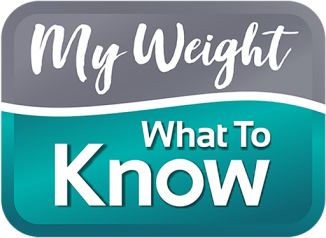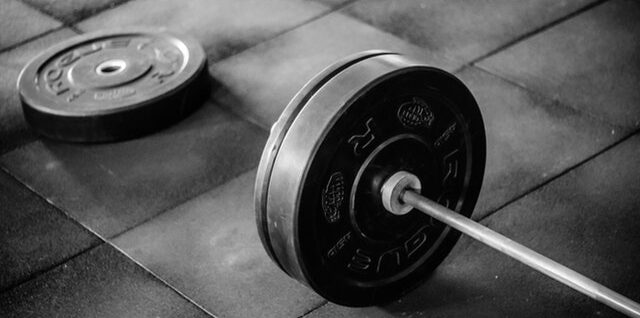By Melinda Maryniuk, MEd, RD, CDCES
Exercise has long been recognized as an important part of success with managing weight. Regular physical activity has many benefits including helping lower blood pressure, reduce inflammation, and maintain weight loss. Did you know that your fitness program is most effective when it includes four different kinds of exercises? We’ll explain.
The four different types of exercise anyone can utilize to get some more variety into their exercise program are listed below. It may help to meet with an exercise physiologist or physical therapist who will help design a personal exercise program with your special needs in mind.
- Aerobic or cardio exercises, such as brisk walking, running, dancing or swimming will strengthen your heart and lungs. This is exercise that gets your blood pumping! Aim for 150 – 200 minutes per week of moderate intensity aerobic activity. Using a fitness tracker (either on your phone or a wearable tracker such as a Fitbit) can help nudge you to meet your walking goals.
- Tip: If you can’t get out for your usual routine, have an indoor plan for aerobic activity, such as marching in place or doing some jumping jacks while you watch your favorite TV show.
- Stretching helps maintain flexibility. As we age, muscles shorten and may not function as well. This decreases range of motion and increases risk of pain and injury. Aim to include gentle stretching exercises daily, rotating the muscle groups you focus on. As you stretch – do so gently, only to a point of mild tension and never pain.
- Tip: Always warm up your muscles first with a few minutes of marching in place or arm circles to get the blood and oxygen to the muscles. Move gradually to reduce risk of injury.
- Strength or resistance training helps prevent against the natural loss of muscle that occurs with aging. This is called “sarcopenia” and it can be prevented. Strengthening and building muscles also helps with weight loss, as muscles burn more calories both during the time of exercising as well as for a period of time after.
- Tip: You don’t need to go to a gym to lift weights to get in a good strength workout. Purchase a set of “resistance bands” with instructions for how to use them with all your muscle groups. Also, learn how to use your own body weight (such as by doing planks or a modified push-ups) to strengthen muscles. There are many videos on YouTube for at-home strength workouts.
- Balance exercises help you feel more steady on your feet and prevent falls. As we age, systems that help us maintain balance (our vision, inner ear, leg muscles and joints) tend to break down. Doing a few simple balance exercises, such as standing on one leg at a time, can help prevent and reverse this.
- Tip: When you start a balance exercise, such as standing on one leg, have a chair or a wall nearby to hold if you need it.
Keep in mind we have over 600 different muscles in our bodies. If we don’t use them, we’ll lose them (or at least, they won’t function nearly as well as they can!). Look at this list of suggested ways you can increase each of the following types of exercises in your daily routine. Set small, realistic goals – choosing just one idea to start. Also, think about joining an exercise class, such as yoga or water aerobics, that combines many of these exercise elements.
Cardio:
- Use a fitness tracker to measure your steps at baseline. Gradually increase your step goal from there.
- If you have a staircase at home, walk up and down the stairs several times in a row. Gradually build your endurance.
Stretch:
- Try doing gentle stretches in bed – either as you wake up or as you prepare to fall asleep.
- As you garden or do housework, be intentional about working in some gentle stretches.
Strength:
- If you’re not sure how to start, watch YouTube videos on doing a plank, wall sits, or squats “for beginners.”
- If you travel, pack your resistance bands and you’ll have your own portable gym!
Balance:
- Try a tai-chi or a yoga class. Learn about exercise classes that may be offered at your gym, community center, or even the library.
- Practice taking a few steps heel-to-toe with your eyes opened, then eyes closed. Be near a wall (or a friend) if you wobble!
***
To find a physician near you who specializes in weight management, click here.
Get a weekly text to help you stay on track with your health goals! Click here to sign up.
This article was sponsored by Novo Nordisk Canada. All content is created independently by My Weight – What To Know with no influence from Novo Nordisk.

